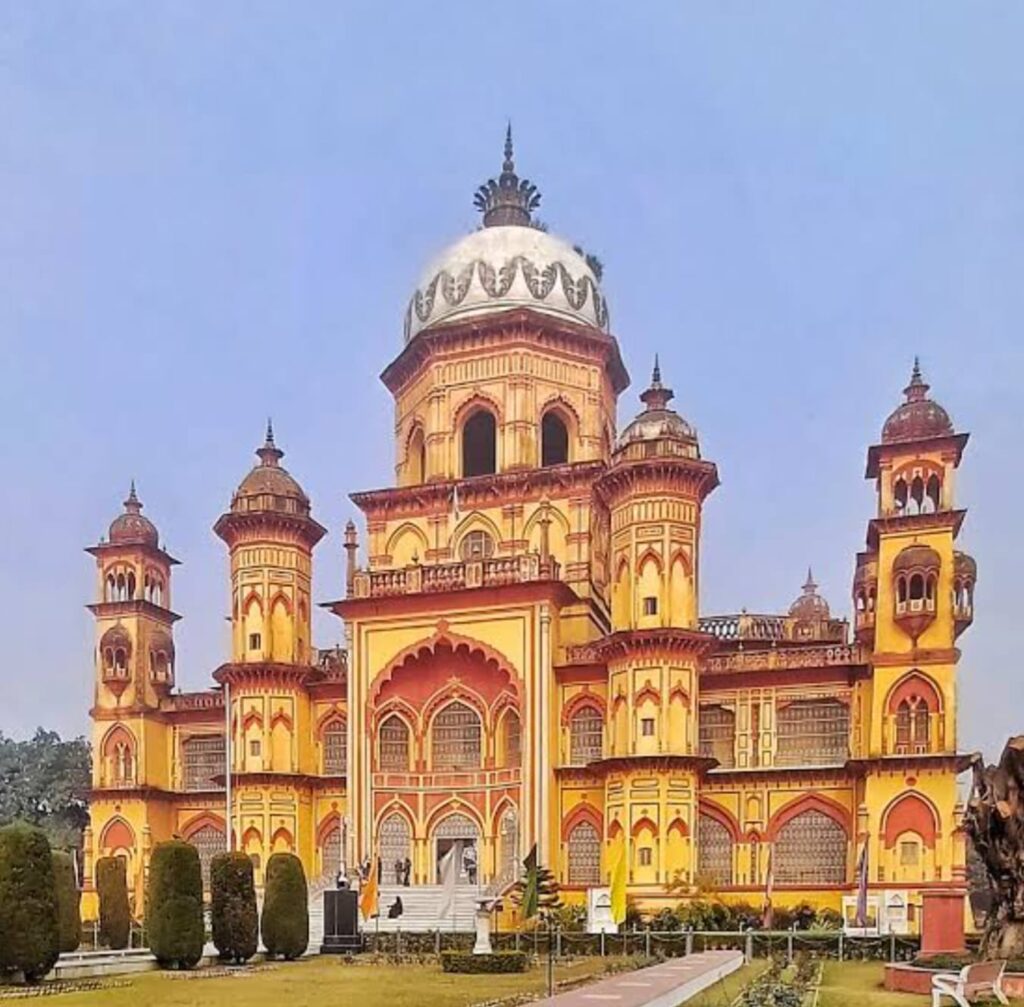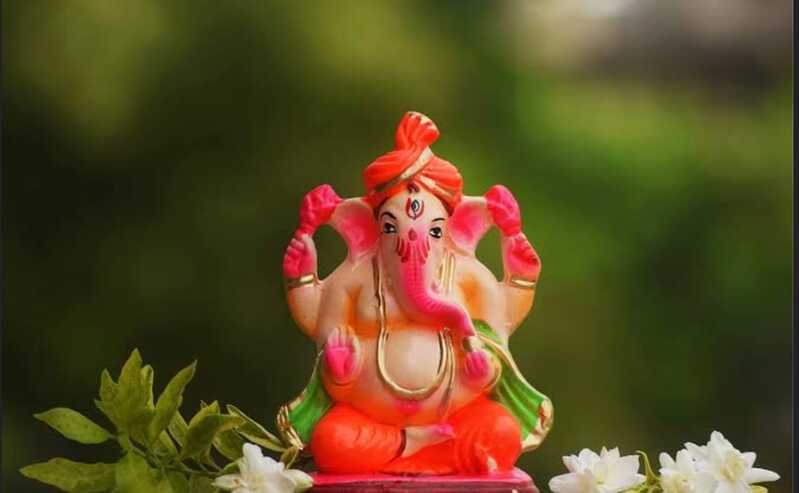- A Unique Beginning with Islamic Invocation
- Rich Ramayana Visuals in Mughal Miniature Style
- A Masterpiece of Mughal Patronage
Article Today, Uttar Pradesh: The Ramayana has stood for centuries as a symbol of Indian spirituality and cultural heritage. Across generations, it has taken many forms, inspiring millions. Now, a rare Persian version of the Ramayana, preserved at the historic Raja Library in Rampur, Uttar Pradesh, offers a fascinating new dimension to this epic.

A Unique Beginning with Islamic Invocation:
Unlike traditional versions, this Ramayana begins not with the sacred Hindu chant “Om,” but with the Islamic phrase “Bismillah-ir-Rahman-ir-Rahim” — meaning “In the name of Allah, the Most Gracious, the Most Merciful.” This opening reflects a unique cultural blend that has intrigued scholars. It shows that the Ramayana, though deeply rooted in Hindu tradition, has transcended religious boundaries in its many retellings.
A Masterpiece of Mughal Patronage
The Persian Ramayana was translated in 1713 under the patronage of Mughal Emperor Farrukhsiyar. Scholar Sumair Chand led the enormous task of translating Valmiki’s Sanskrit verses into Persian. This work is not just a linguistic translation. It stands as a beautiful example of cultural synthesis between Hindu and Islamic traditions. Scholars consider it a bridge between two grand civilisations.
Rich Visuals in Mughal Miniature Style
The manuscript’s visual splendour is as remarkable as its textual content. The Ramayana spans 258 pages, each adorned with intricate Mughal miniature paintings. Key episodes such as Rama’s exile, Sita’s abduction, and Hanuman’s leap across the ocean come alive through detailed, colourful illustrations. Interestingly, Ravana is depicted wearing a crown topped with a donkey — symbolising his sin of abducting Sita. This is not merely a book. It is a visual narrative combining devotion and dramatic storytelling.


A Symbol of Shared Heritage
Dr. Pushkar Mishra, Director of the Raja Library, describes the manuscript as a cultural treasure. According to him, the Persian Ramayana is more than a literary work — it is a testament to the spirit of religious harmony. “It crosses the boundaries of faith and brings people together,” he says. Efforts are now underway to make this rare Ramayana accessible to a wider audience. Professors Shah Abdus Salam and Dr. Wakarul Hasan Siddiqui have translated the work into Hindi, helping to carry its message across linguistic and cultural lines. Once hidden in the depths of the library, this Ramayana is now finding its place in the public eye. The Rampur manuscript stands as a shining example of cultural unity and religious coexistence.



